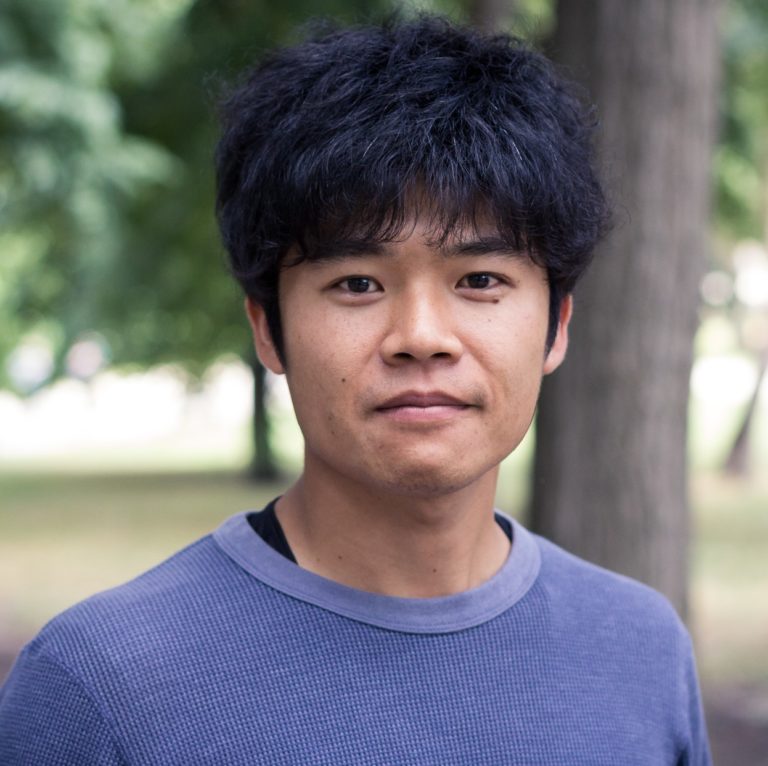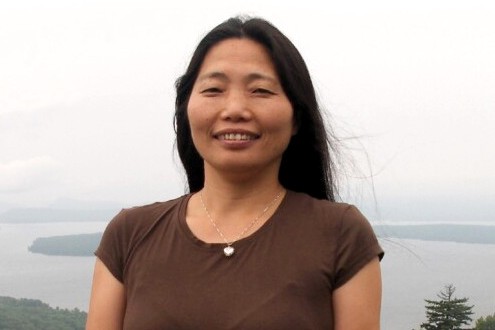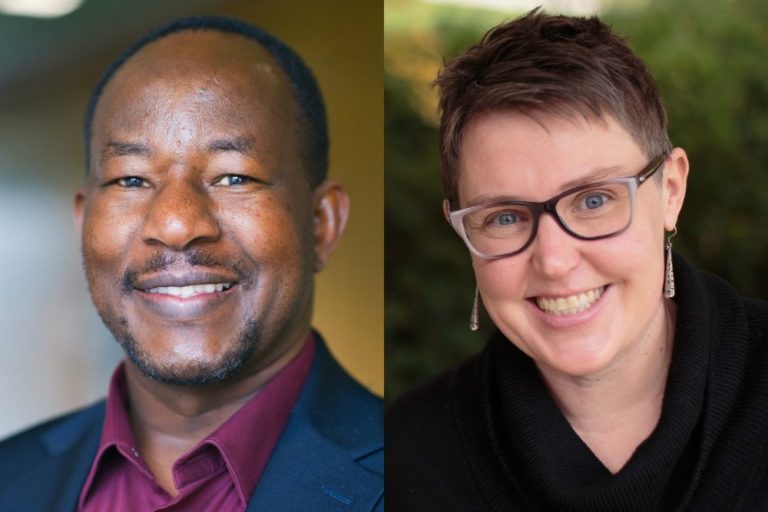At the MSU Science Festival (April 1-2, 2023), Mariko Kawaguchi, a Japanese Instructor, presented “Science of Origami” with 13 volunteering students.
Origami, the ancient art of Japanese paper folding, is more than just child’s play. The science of origami is used in architecture and design. It is also applied in advanced science, such as airbags, bulletproof shields, packaging, and artificial human organs.
The team presented the three advantages of origami engineering. First, origami structures enable a product to be folded compactly for easy transportation and then spread to the full size with a simple motion. The children who visited their table created fortune-teller origami. It is a fun activity but also introduces 3D geometry. Advanced participants created the paper version of the StarShade, a space telescope designed to block the light of nearby stars in order to observe their orbiting exoplanets, using a template provided by NASA.
Second, when a sheet of paper is folded, it reinforces itself, so by using origami’s systematic mountain-and-valley-fold panels, we can make more durable products. One example is a Japanese packaging company, Toyo Seikan’s diamond-cut can. The side wall of this aluminum soda can has a three-dimensional diamond pattern, and though it weighs 30% less than the straight-walled can, it is more durable than its counterpart. The visitors held the actual diamond-cut cans Mariko brought from Japan and marveled at how thin the can wall was.
The third advantage of origami technology is its beauty. Origami has inspired architects to create cutting-edge designs with elegant and complex folds while meeting the structural benefits. The participants tried one of the folding patterns by a Japanese Scientist, Dr. Yoshimatsu Yoshimura, which is used for Mulimatt Sports Education and Training Center in Switzerland.
This was Mariko’s first presentation at the Science Festival. “I signed up because I’m involved in an origami art exhibition this semester. However, I had wanted to link Japanese and STEM.” Among the students who are taking a Japanese language course in Spring 2023, 43% are majoring in a STEM field. Many Japanese car companies are located in Michigan, so learning Japanese and working for such a company is a common track for her students. “I wanted my students to give practical merits of learning Japanese, besides just for fun. I want to continue showcasing my students’ unique talent at the Science Festival and actively seek collaboration opportunities with engineering, computer science, etc.”
Mariko’s student volunteers had an excellent experience. Allie Zhang, a senior with a zoology major and Japanese minor, comments, “Volunteering for “Science of Origami” was a great opportunity to learn more about a craft that I’ve loved since I was a kid. I’m glad I had the chance to share that knowledge and passion with guests of all ages.”
Working with the students outside the classroom enabled Mariko to see their strengths. “Some students were talented at making origami, and some were very good at teaching kids. Some showed responsibility for covering for the volunteers who couldn’t come. In class, I tend to evaluate students’ language skills first and foremost, but working with my students for a community event helped me see them as a whole being.”




